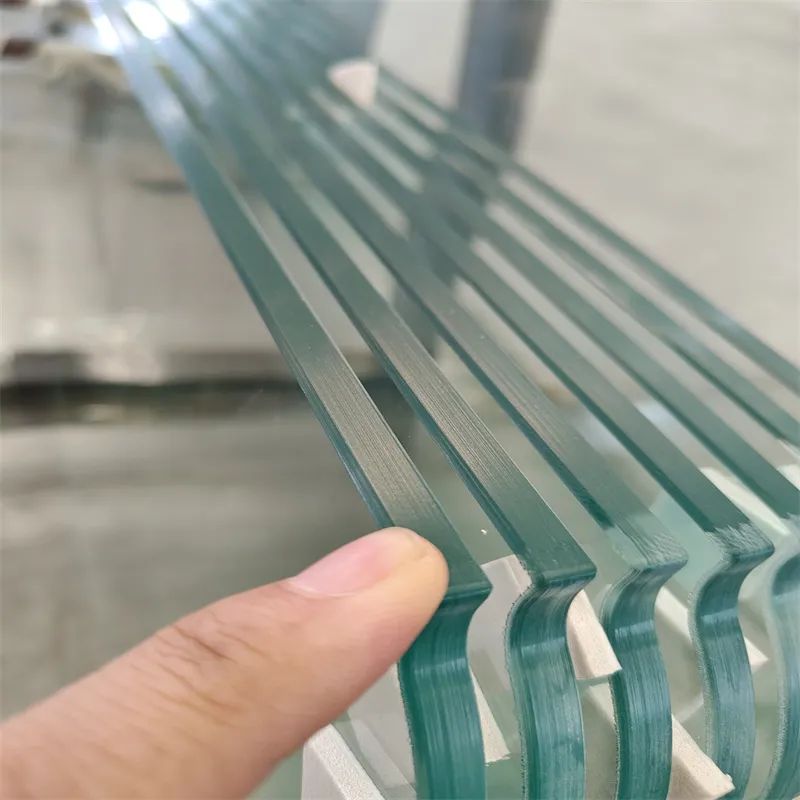Nov . 24, 2024 20:13 Back to list
tempered glass wall
The Elegance and Durability of Tempered Glass Walls
In modern architecture, design aesthetics and structural integrity often go hand in hand. One material that has gained immense popularity in recent years is tempered glass. Known for its strength and visual appeal, tempered glass walls serve not only as functional dividers but also as stunning design features in both residential and commercial spaces.
What is Tempered Glass?
Tempered glass is a type of safety glass that has been heat-treated to enhance its strength. The tempering process involves heating the glass to high temperatures and then cooling it rapidly. This procedure increases the glass's resistance to impact and thermal stress, making it up to five times stronger than standard glass. If shattered, tempered glass breaks into small, blunt pieces rather than sharp shards, reducing the risk of injury.
Aesthetic Appeal
One of the most significant advantages of using tempered glass walls is their aesthetic quality. The transparency of glass allows for an open and airy feel, making spaces appear larger and brighter. Homeowners and designers are increasingly using glass walls to create visually striking interiors, whether in offices, homes, or commercial buildings. A tempered glass wall can serve as a centerpiece, allowing natural light to flood in while maintaining a sense of privacy between different areas.
Additionally, tempered glass walls can be customized in terms of texture, opacity, and tint, offering a range of possibilities for creative expression
. Fritted patterns, etched designs, and colored films can transform a standard glass wall into a unique work of art, harmonizing with the overall design theme of the space.tempered glass wall

Practical Benefits
Beyond their aesthetic advantages, tempered glass walls are incredibly practical. Their strength and durability make them ideal for high-traffic areas, where regular glass might be prone to accidents and breakage. The ability of tempered glass to withstand temperature fluctuations also makes it suitable for environments such as kitchens and bathrooms, where humidity and heat are prevalent.
Furthermore, tempered glass walls are relatively low maintenance. They are easy to clean, requiring just soap and water for a streak-free finish. Unlike traditional walls, which may need repainting or repairs, glass walls maintain their clarity and shine with minimal effort, making them a time-saving investment in the long run.
Energy Efficiency
As awareness of sustainability grows, tempered glass walls are becoming a preferred option for energy efficiency in buildings. Advances in technology have led to the development of double- or triple-glazed tempered glass, which provides excellent insulation. These glass walls can help maintain indoor temperatures, reducing reliance on heating and cooling systems, ultimately lowering energy bills and minimizing environmental impact.
Conclusion
Tempered glass walls are a perfect blend of beauty and functionality, making them an excellent choice for modern architecture. They create seamless transitions between spaces, allowing light to flow freely while enhancing the overall design. With their increased strength, practicality, and energy efficiency, tempered glass walls are set to remain a favorite in both residential and commercial installations. As architects and designers continue to push the boundaries of creativity, tempered glass will undoubtedly play a central role in shaping the future of architectural design.
-
Safety and Style with Premium Laminated Glass Solutions
NewsJun.24,2025
-
Reinvents Security with Premium Wired Glass
NewsJun.24,2025
-
Premium Float Glass Line for Modern Architecture
NewsJun.24,2025
-
Low Emissivity Glass for Energy-Efficient Architecture
NewsJun.24,2025
-
High-Performance Insulated Glass Solutions for Modern Architecture
NewsJun.24,2025
-
Elevates Interior Style with Premium Silver Mirror
NewsJun.24,2025
Related PRODUCTS














